
Defining Integrated Landscape Management for Policy Makers




Social justice and climate change are two processes that need to be able to accompany one another. Maybe we should start understanding that they are in fact not separate. They are one and the same thing.
Kim Geheb, LFF Central Component Coordinator
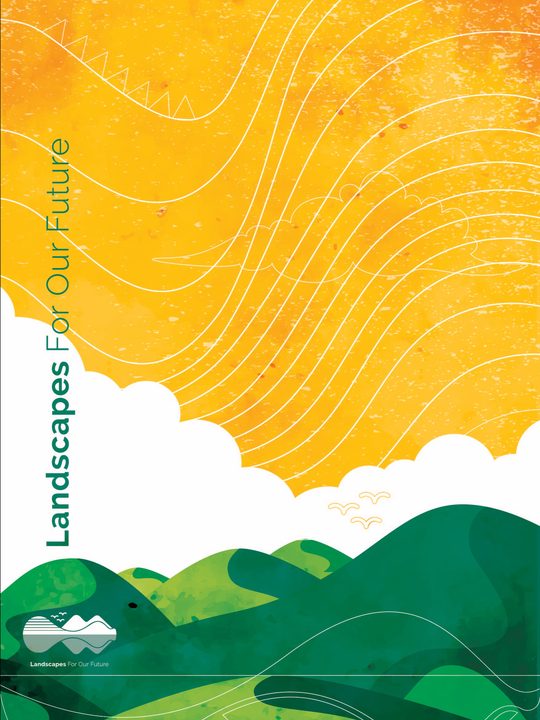
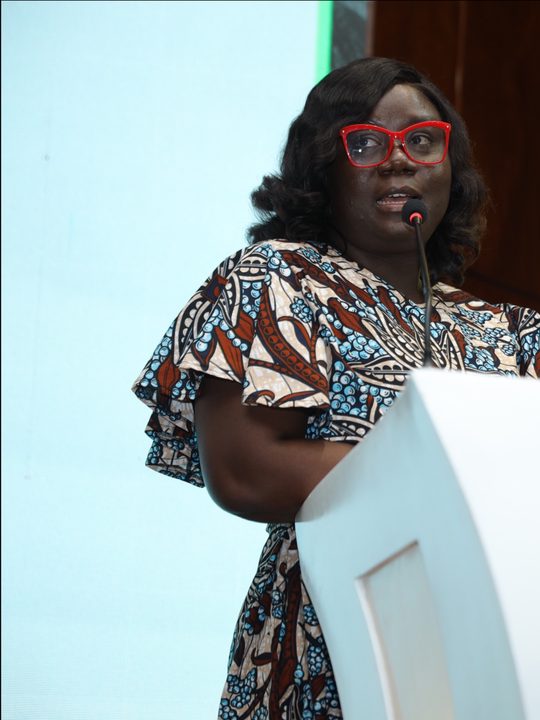
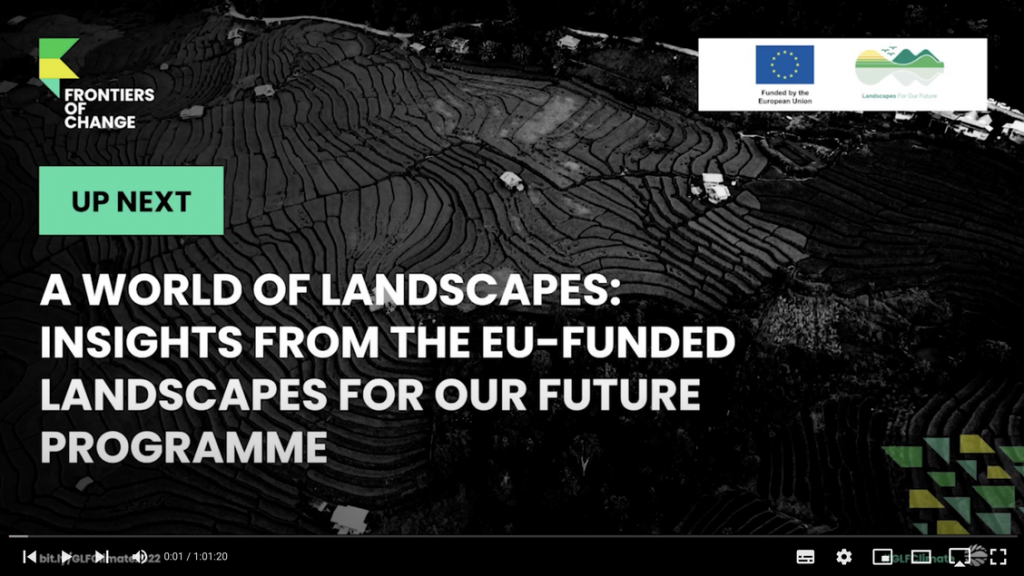
As 2023 gathers momentum, we’re looking back on lessons learned and looking forward to implementation.
Let’s kick off with hearing from you. Please would you spare 20 seconds to respond anonymously to two quick questions? We, the Central Component, want to make sure we’re providing tools that you can use, so your feedback matters.
Thank you! Now it’s our turn to provide feedback to you:
COP27 was always going to be criticized for being just more ‘blah, blah, blah’. As it opened in Sharm El Sheik, Egypt in late November, serious questions were rightly raised around issues of human rights and social justice: those concerned with preventing climate catastrophe were proving blinkered to social justice, many argued.
We stepped into that fray and hosted a session on Integrated Landscape Management at one of the COP27 sideline events: GLF Climate 2022. The result was a rich look at where we are, where we’ve been, lessons learned, and thought processes we should most urgently engage in.
Here’s what we took away from that and think you might also find worth in mulling over for implementation in 2023.
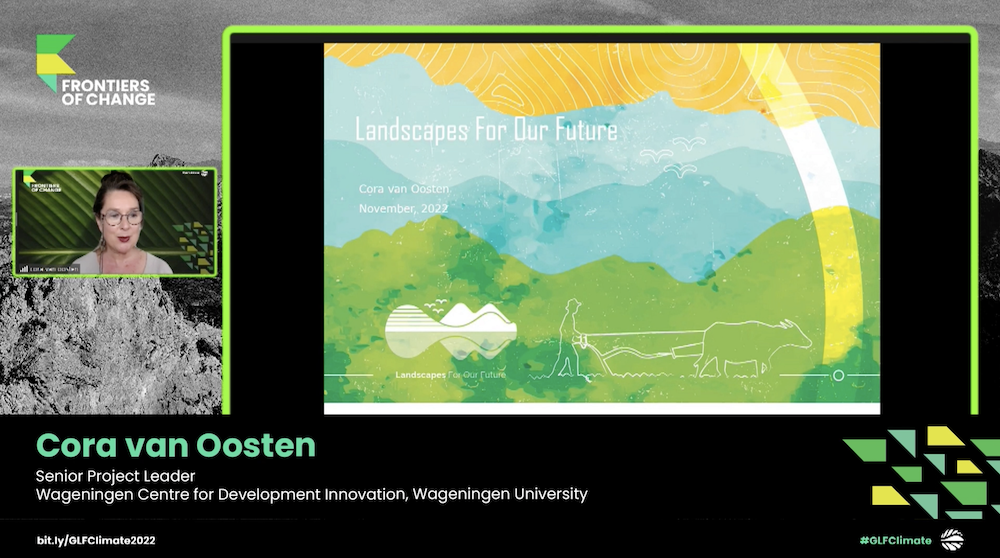
Cora van Oosten is a hugely experienced landscape practitioner, with 25-years worth of practical, hands-on field experience: she and her team from Wageningen University, Netherlands work to manage, govern and restore landscapes in an economically viable and socially acceptable manner. That’s a pretty good grounding in the subject matter, right?
Her presentation provided an insightful overview of the whole spectrum of what is contained within ILM. (If you watch nothing else, watch this one.) With characterful illustrations, she cuts to the chase on what needs doing – about getting out of informality, of harnessing the strengths and mobilizing the capabilities of the various actors. And of the bridging roles ILM can play.
Integration, she made clear in her talk, is not just across sectors but across scales.
Institutional capabilities relate to actors not only staying at the very local level and finding the techniques, the tools and the instruments to make landscapes better, but also to have these local actions travel up to higher level influences, travel up to local official levels to even top level official levels where they can enter the world of policies and travel back down – and that’s what some people like to call scale.
Dr Cora van Oosten

Our voices from the field proved to be in chorus: while providing overviews of their projects on completely different continents, our speakers from both Africa and Latin America re-emphasised the centrality of Multi-stakeholder Fora in the ILM approach. The MSF architecture in both Miriam Seeman’s and Abena Woode’s presentations were impressive in the way they sought to give structure to landscape level dialogues while also accommodating the biophysical trends and data.
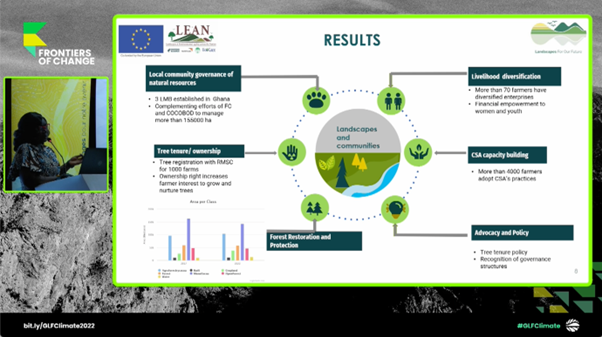
Abena Woode provided an overview of the ways in which the Landscapes and Environmental Agility across the Nation project aims to mitigate climate change by catalyzing system change for over 200 communities across three landscapes in this West African country.
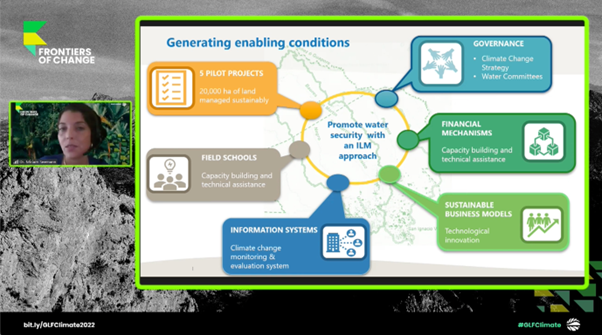
Aiming to improve water security for 120,000 people in vulnerable communities in the forested Bolivian lowlands, Miriam Seeman explained how this project is working to strengthen water climate governance structures, develop financial mechanisms and promote sustainable business models, with a particular focus on technological innovation.
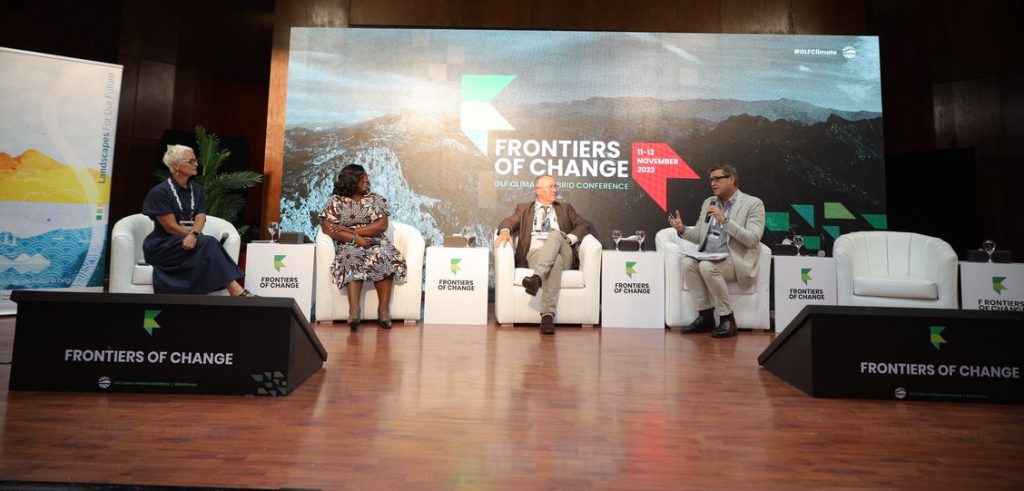
We began our GLF Climate session with audience surveys on whether global institutions were perceived as fit-for-purpose in addressing climate change, and on whether social justice was a necessary ingredient for climate change.
The results were mixed, and the ensuring conversation wide-ranging. Watch the video, and please do join the conversation in our Forum.
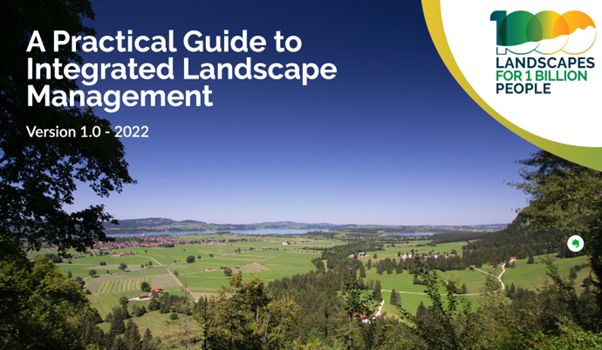
Wanting the behind-the-scenes study guide to ILM? An up-to-date practical guide to Integrated Landscape Management? With the aim of providing a “generic, locally adaptable, conceptual process and practical guidance for carrying out ILM,” the authors of this guide and its accompanying Management Tool Guide aim to make the process of reaching agreement on a shared landscape vision and strategy easier.
👏 We say kudos to 1000 Landscapes for 1 Billion People.
👉 What do YOU think? Tell us in the Forum.
It’s really our firm belief that integrated landscapes approaches can make a really meaningful contribution to alleviating the interconnected challenges of human well-being, climate change biodiversity loss and land degradation.
Chantal Marijnssen, Head of Unit for Environment, Sustainable Natural Resources in DG INTPA at the European Commission

Integrated Landscape Management (ILM) is integral to the European Union’s (EU) ambitious post-2020 biodiversity and food systems agendas and its commitment to the Paris Agreement and the Sustainable Development Goals. ILM approaches furthermore facilitate an inclusive green recovery consistent with the EU Green Deal. In 2019, the EU launched the five-year Landscapes For Our Future programme, which now supports 22 ILM projects, spanning 19 countries and 3 sub-regions across the Global South.
This research, published in Ecology and Society, provides a comparative analysis of eight landscape-level MSPs spanning seven countries, representing a diversity of resource systems. The authors – Blake D. Ratner, Anne M. Larson, Juan Pablo Sarmiento Barletti, Hagar ElDidi, Delia Catacutan, Fiona Flintan, Diana Suhardiman, Thomas Falk and Ruth Meinzen-Dick – identify the influence of these MSPs on patterns of stakeholder interaction and suggests ways for the appropriate and effective, design and organization of MSPs.
We apply an adapted institutional analysis and development framework that was developed with the expectation that it could be applied to assess diverse MSPs to substantiate and validate lessons for practice.
– Blake D. Ratner, Anne M. Larson, Juan Pablo Sarmiento Barletti, Hagar ElDidi, Delia Catacutan, Fiona Flintan, Diana Suhardiman, Thomas Falk and Ruth Meinzen-Dick
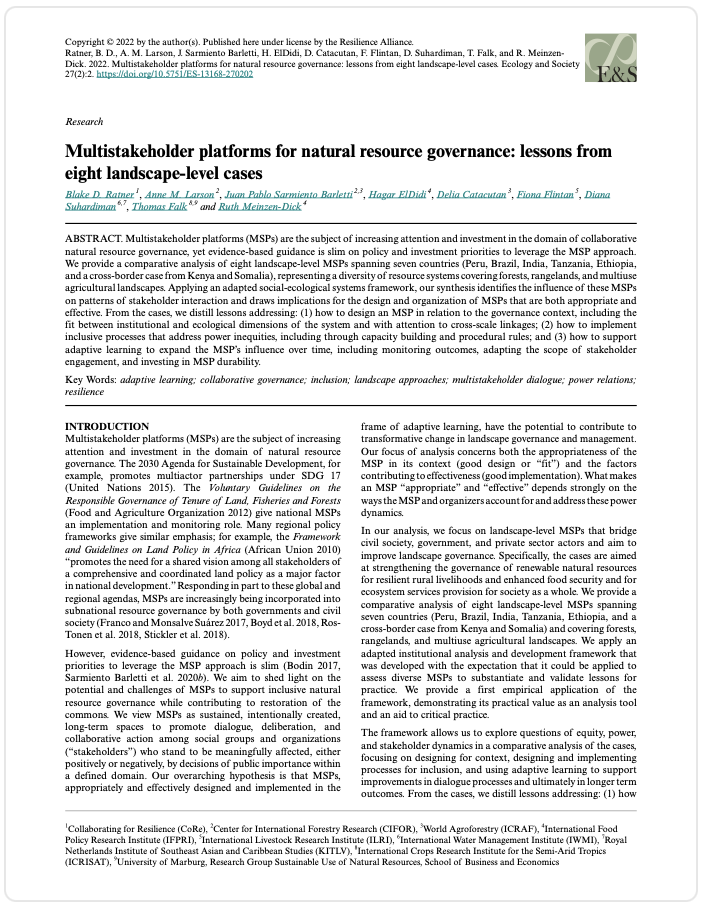



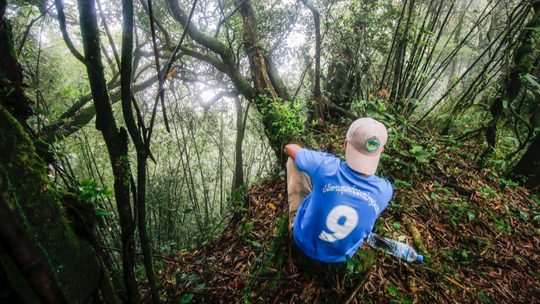
ILM is a critical approach because it acknowledges the competing interests of various stakeholder groups and user groups when trying to manage landscapes sustainably.
We know there are competing interests around biodiversity, agricultural production, conservation, livelihoods, governance… And ILM tries to create a framework for us to find synergies and benefits across all these different principles.
Leigh Ann Winowiecki
The Central Component aims to provide strategies, practices and evidence to help both those in the field and those at policy-making level to develop and scale more impactful and inclusive landscape solutions. The CC team will be drafting and sharing all kinds of guidelines, frameworks, papers and tools from us, and aims to share foundational knowledge on ILM. So for right now let’s get foundational: here’s an overview of ILM basics.
Which of these 6 ILM characteristics are critical to your project? How important do you think they are? Tell us in the Forum.
Big news: we’ve been speaking about a purpose-built online space in which you can share ideas and best practices, learn from other practitioners and peers, ask questions and seek advice. Finally, it’s here, and you’re invited.
Join us in the Landscapes Forum for both public and behind-the-scenes discussions… Follow others’ conversations or start your own. Read or watch the latest thinking around ILM. Go on: use the Forum as a support facility where you can post your own queries as well as answer those of others. The central component team is actively moderating discussion and will be available to respond to key questions and technical support requests.
Speak up. We’re ready.
Or just access it from the front page of our website, where you can register (please do) or view public discussions as a guest.
We couldn’t have asked for a warmer – or more accommodating – welcome than the one we received in April in magical Kenya, when the RangER (Kenya Rangelands Ecosystem Services pRoductivity) Programme hosted members of the Central Component on our first learning mission.
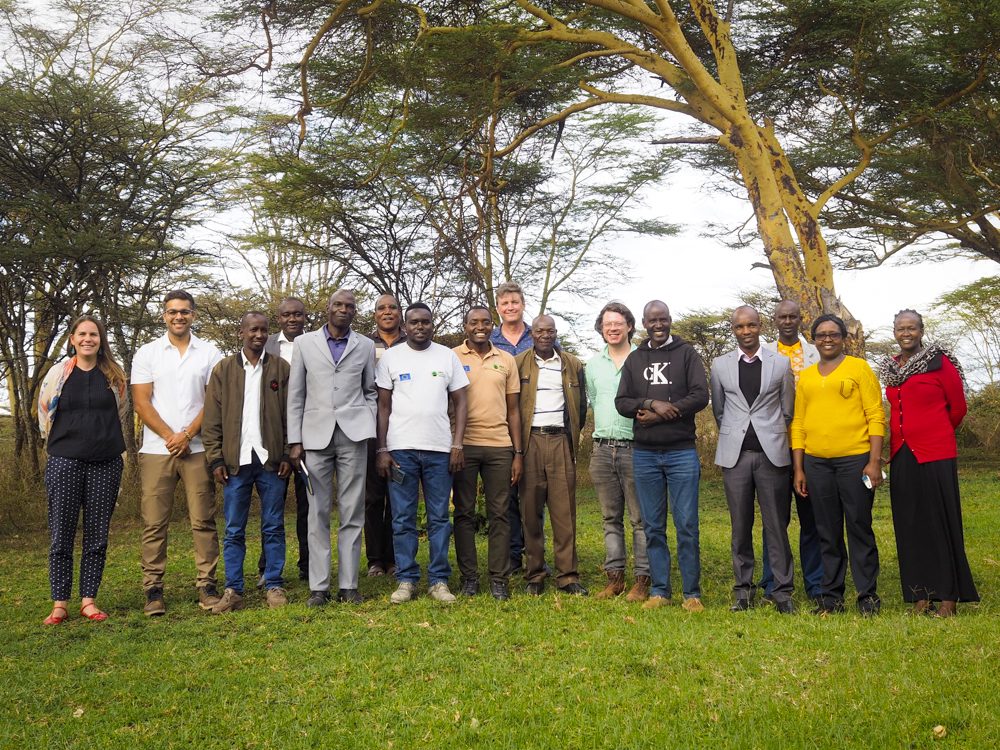
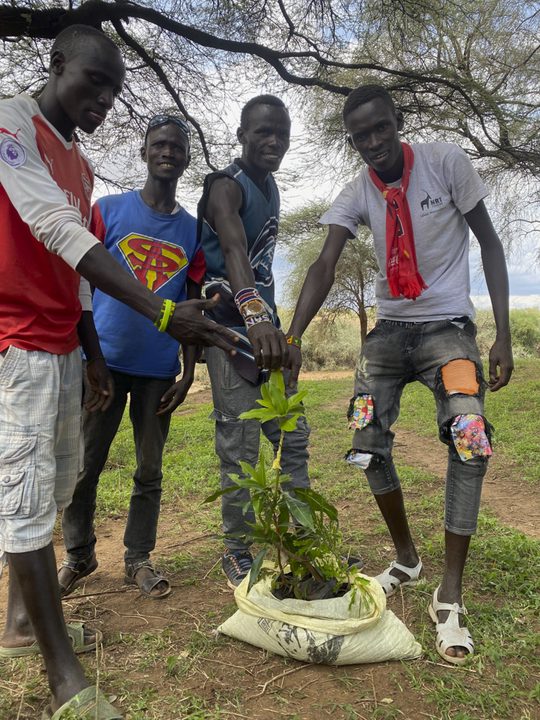
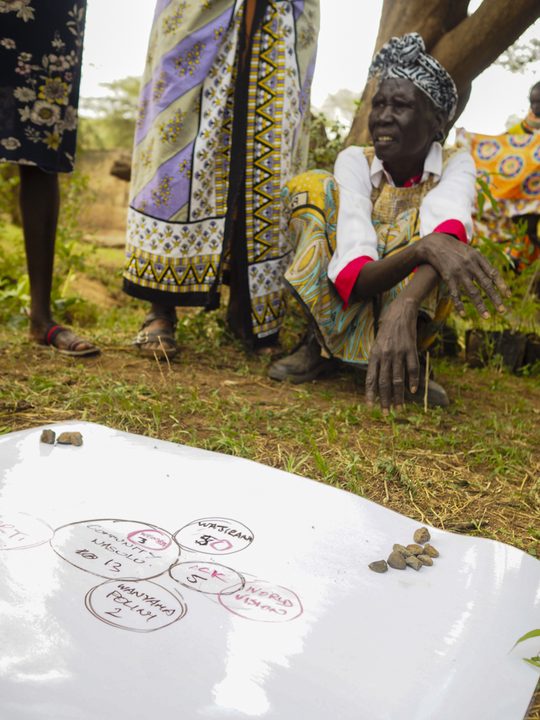
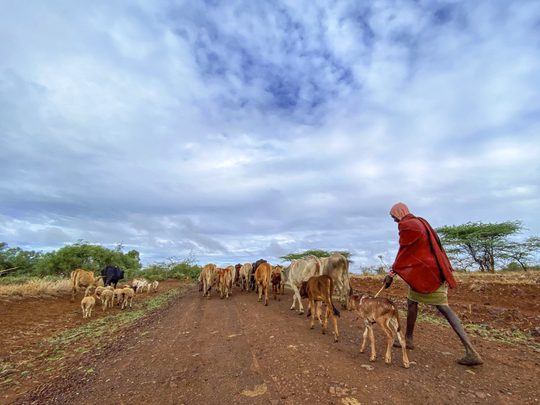
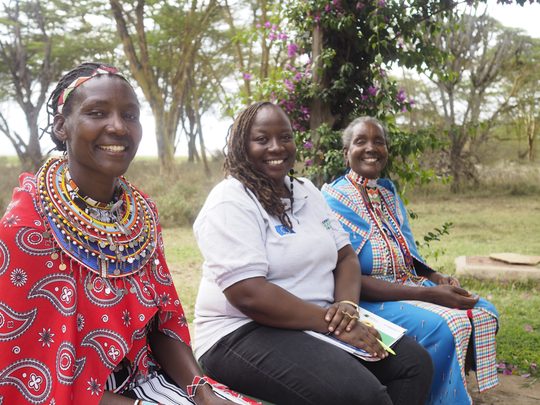
We quickly discovered that ameliorating conflict in the area is one of RangER’s major goals, which identifies a clear relationship between livelihoods, environmental degradation and conflict in the Amaya Triangle, a mosaic of savanna grasslands, shrublands and woodlands to the north of Mount Kenya.
The area hosts private and community conservancies that support both livestock production and wildlife conservation. Increasing changes in land use away from pastoralist rangeland to crop production and settlements have resulted in clusters of problems around insecurity, resource conflicts, poverty, food insecurity, social exclusion, and severe degradation of natural resources. Frequent droughts and climate change coupled with human and livestock population growth have exacerbated this situation.
Can ILM help to solve these problems?
In June we celebrated Science Week 2022 at CIFOR-ICRAF, joined by 500+ scientists on campus between Nairobi and Bogor.
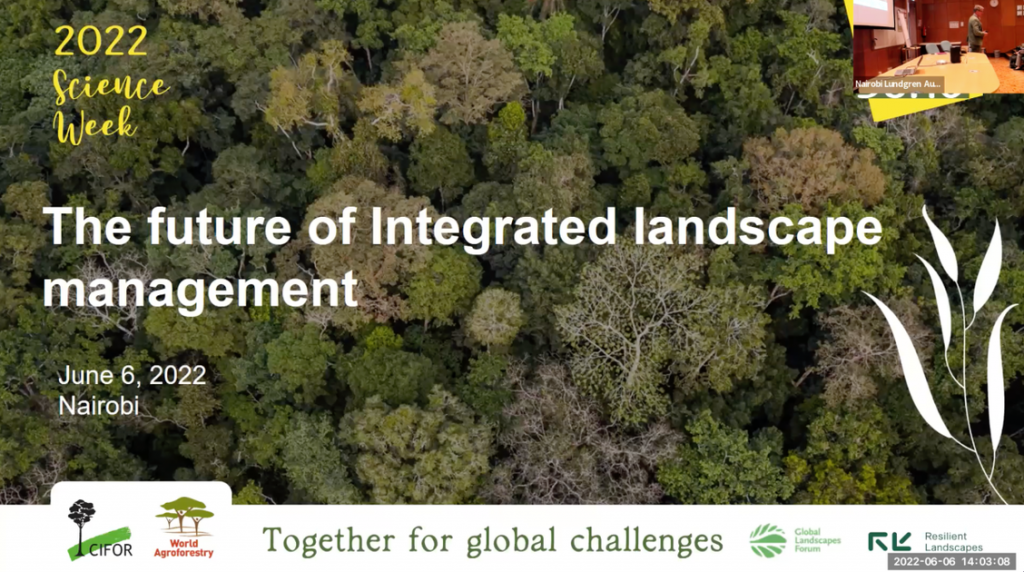
It was the first opportunity to meet (almost) our full Landscapes For Our Future team to discuss the future of Integrated Landscape Approaches (ILA) and to ask: “Are they old wine in new bottles? Another development fad? Or are they a feasible solution to landscape scale development and climate challenges?”
Have your say…
Here’s a little something that’s nourished our minds around ILM in the past. Is this oldie still a goodie?
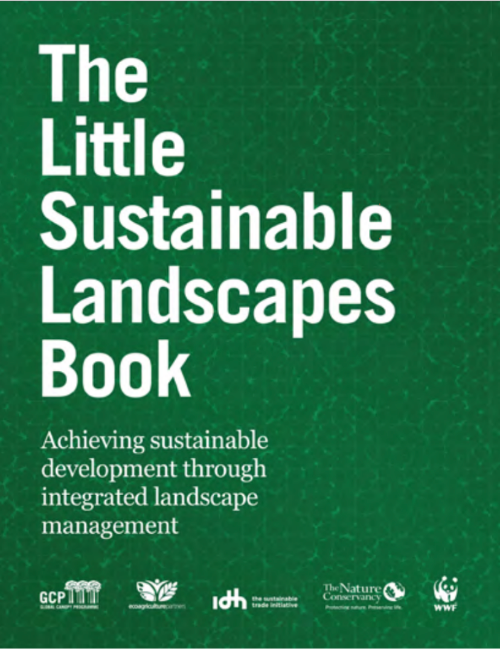
Published back in 2015, The Little Sustainable Landscapes Book remains a piece of our mosaic of understanding – a foundational volume by thinkers that remain very much engaged in the landscape space today. Of course, our thinking on ILM has advanced plenty over these past seven years: from a biophysical, technocratic and top-down approach to one that has more organic origins but is also more ambiguous and complexity-embracing.
Have your say: What have you learned from this publication? What do you think has changed since it was published?

Integrated Landscape Management (ILM) is integral to the European Union’s (EU) ambitious post-2020 biodiversity and food systems agendas and its commitment to the Paris Agreement and the Sustainable Development Goals. ILM approaches furthermore facilitate an inclusive green recovery consistent with the EU Green Deal. In 2019, the EU launched the five-year Landscapes For Our Future programme, which now supports 22 ILM projects, spanning 19 countries and 3 sub-regions across the Global South.